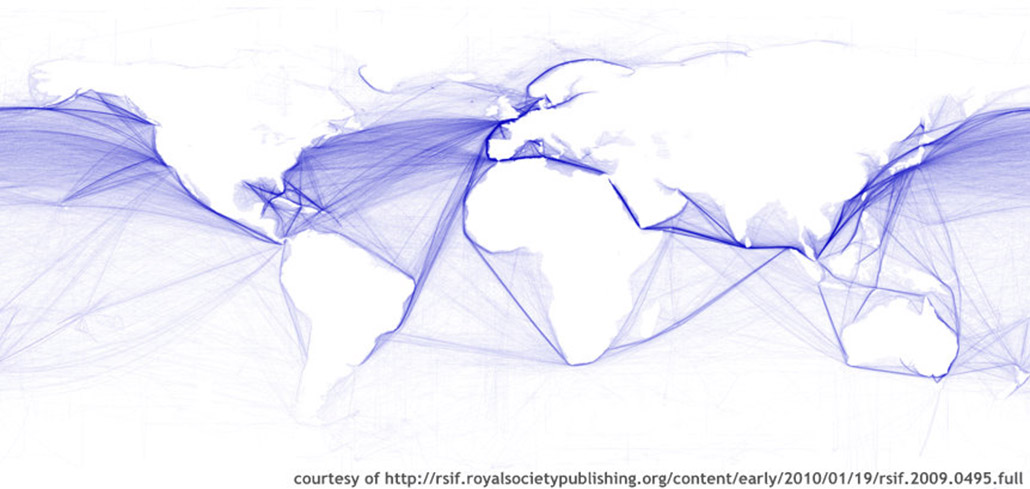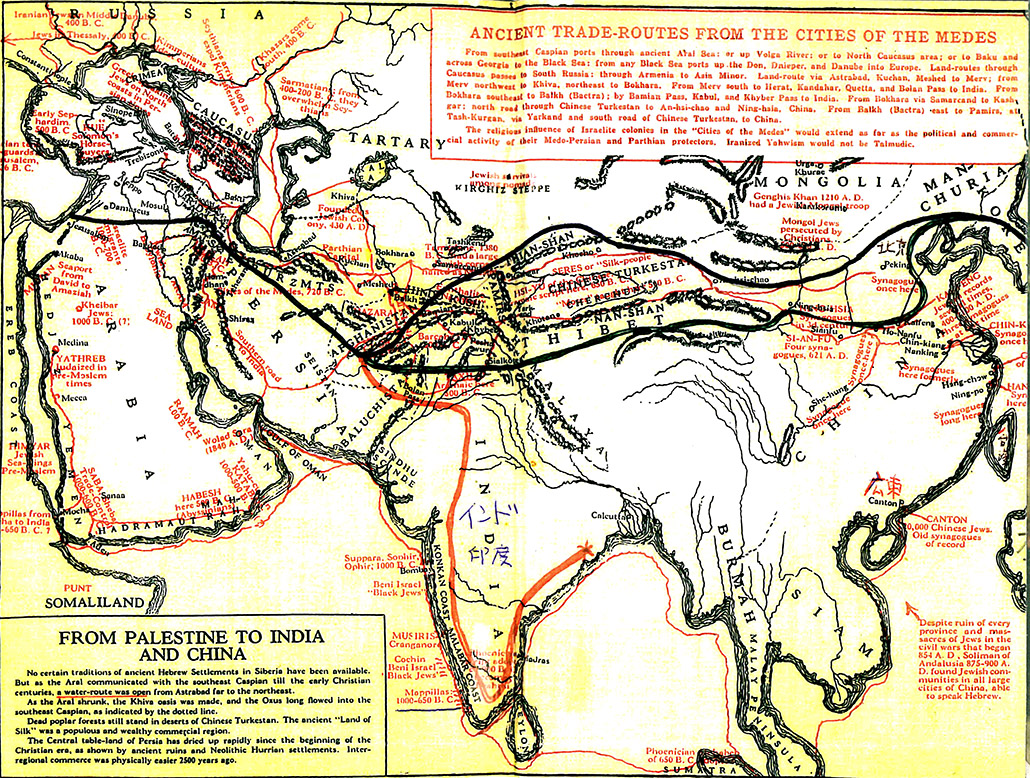At the national level, China’s accession to the World Trade Organization (WTO) opened new horizons for technical and managerial innovation across its economy, fueling unprecedented livelihoods improvement and modernization. In the same way, Regional Cooperation and Integration (RCI) can be a potent catalyst for economic renewal in Liaoning and Northeast China generally. What we see in today’s global economy is a process of supply chain decomposition, where RCI distributes market opportunities, production tasks, technologies, and new skills across an international matrix of intermediate suppliers. Liaoning province can be said to have benefitted from linkages like this during China’s heavy industrial development phase, but our review of evidence suggests Liaoning needs to redouble its commitments to external engagement to overcome its present economic and demographic difficulties.
The recommendations presented in the attached expert technical reports are the product of an extended research effort by international and Chinese experts, ADB’s Technical Assistance program 9036: Strategy for Liaoning North Yellow Sea Regional Cooperation and Development. Based on relevant experiences of other regions’ in the China and elsewhere, the main finding of this work is that more determined RCI will be essential for Liaoning and the surrounding area to achieve greater economic growth through proactive economic restructuring, diversification, and commitments to higher productivity and human capital development. As is emphasized below, Liaoning retains many important advantages in terms of geography and resource endowments, and these can support a variety of ambitious existing and potential RCI initiatives. There are already many opportunities that Liaoning can seize to participate in and promote RCI, including existing national policies/strategies and established mechanisms for coordination on all levels of RCI. These are discussed in more detail below, but what is needed generally is more institutional commitment to external partnership in the following five areas:
- Transport infrastructure development and financing
- Industrial development for manufacturing equipment exports
- Sea- Rail multimodal transportation development
- More coordinated seaport management









